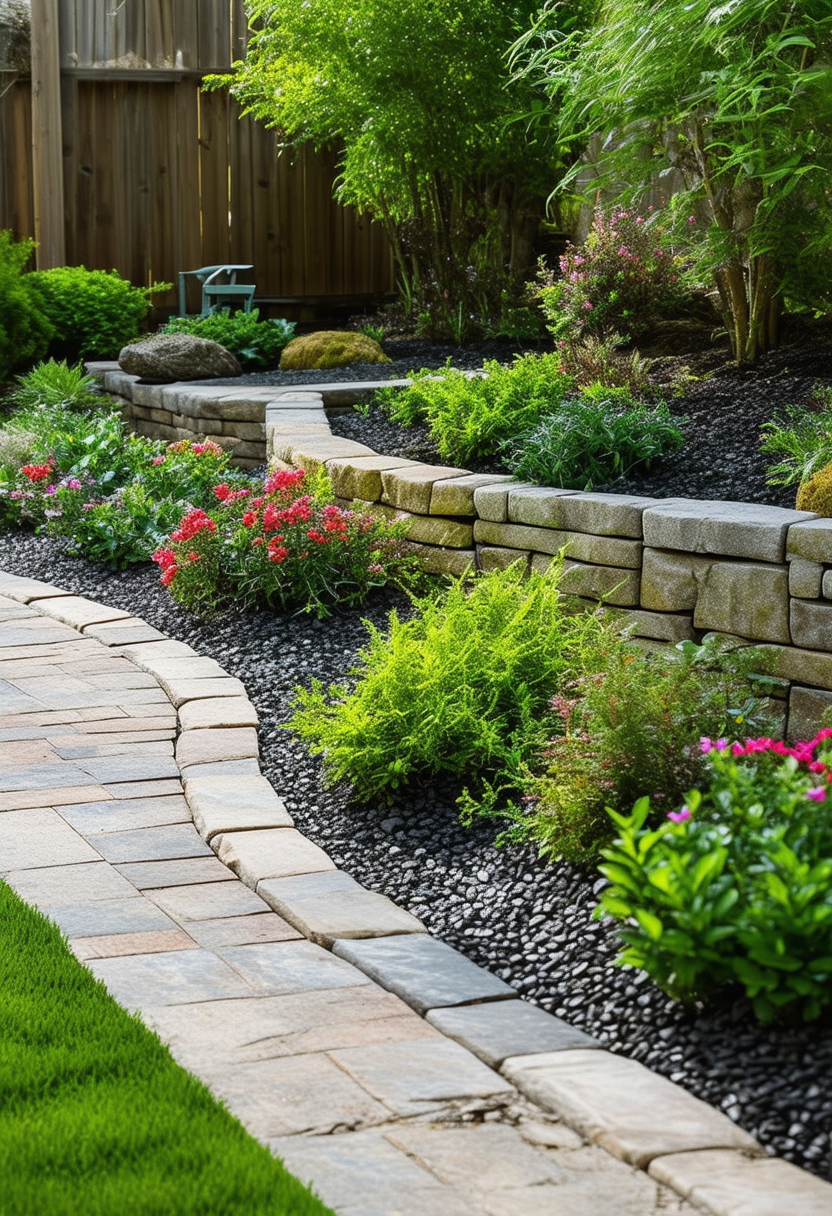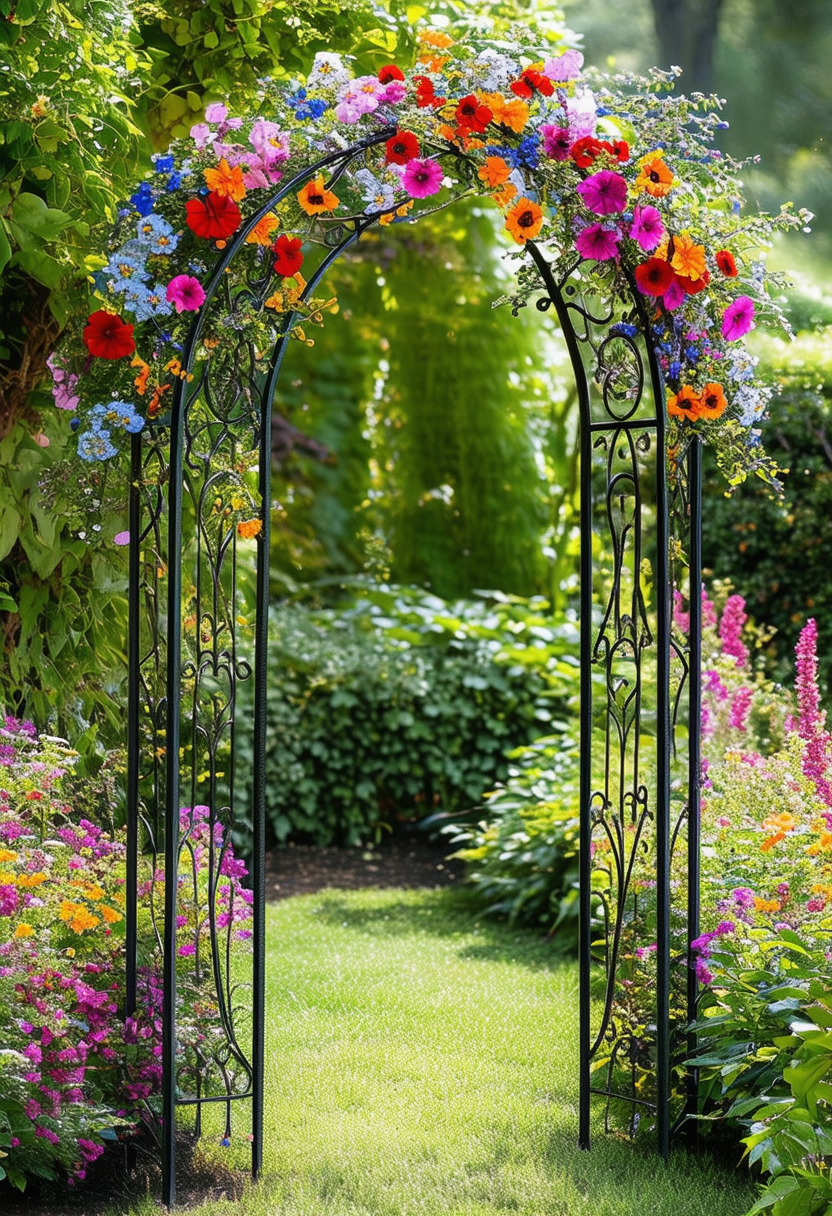Welcome to the world of landscaping borders edging, where the beauty lies in the details that frame and define outdoor spaces. Whether you have a sprawling garden or a small patio, the art of edging can elevate the aesthetics of your outdoor area and provide a sense of structure and organization. From natural elements like stones and plants to man-made materials like bricks and metal, the possibilities are endless when it comes to creating borders that enhance the overall appeal of your landscape.
In this article, we will delve into the different techniques and materials used in landscaping borders edging, exploring the creative ways in which you can add a touch of elegance and sophistication to your outdoor space. From traditional designs to modern trends, we will uncover the secrets behind successful edging projects and provide inspiration for those looking to transform their gardens into works of art. Let’s embark on a journey to unleash the full potential of your landscape borders.
Creating Stunning Visual Borders in Your Landscape Design
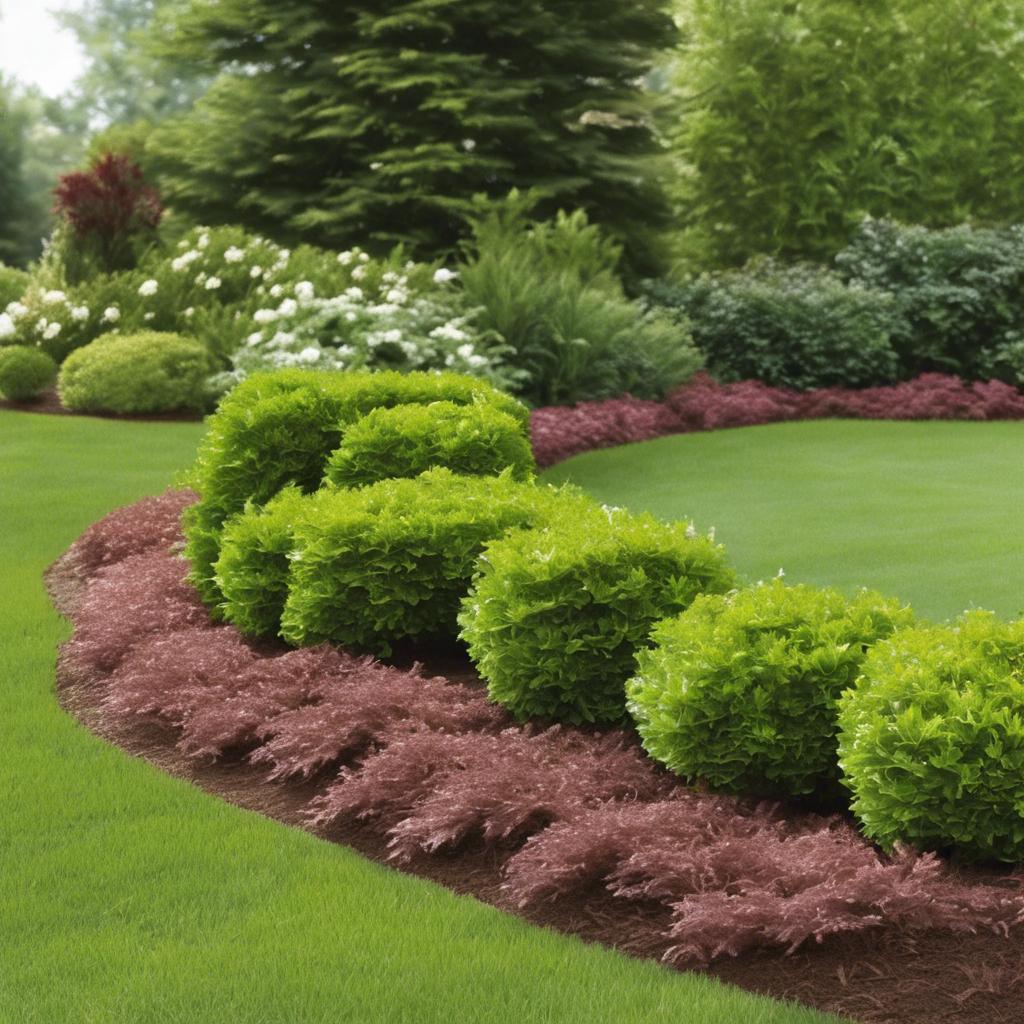
Whether you are a seasoned landscaper or just starting out, mastering the art of can truly elevate the overall look of your outdoor space. The key to achieving this is through strategic planning and thoughtful execution. By incorporating various elements such as edging materials, colors, textures, and shapes, you can transform your garden or backyard into a work of art.
One of the most popular methods for creating visual borders in landscaping is through the use of edging materials. From classic options like brick and stone to more modern choices like metal or concrete, the possibilities are endless. Each material brings its own unique aesthetic appeal and can help define the different areas of your landscape. Additionally, by mixing and matching materials, you can create a personalized look that reflects your style and taste.
In addition to choosing the right edging materials, incorporating different colors and textures can further enhance the visual appeal of your landscape borders. Consider using a mix of foliage, flowers, and ground covers to bring depth and dimension to your design. By layering plants with varying heights and colors, you can create a dynamic and visually interesting border that catches the eye. Don’t be afraid to experiment with different combinations to find the perfect balance for your space.
| Edging Material | Color | Texture |
|---|---|---|
| Brick | Red | Smooth |
| Stone | Gray | Rough |
| Metal | Black | Sleek |
How to Choose the Perfect Edging Materials for Your Landscaping Project
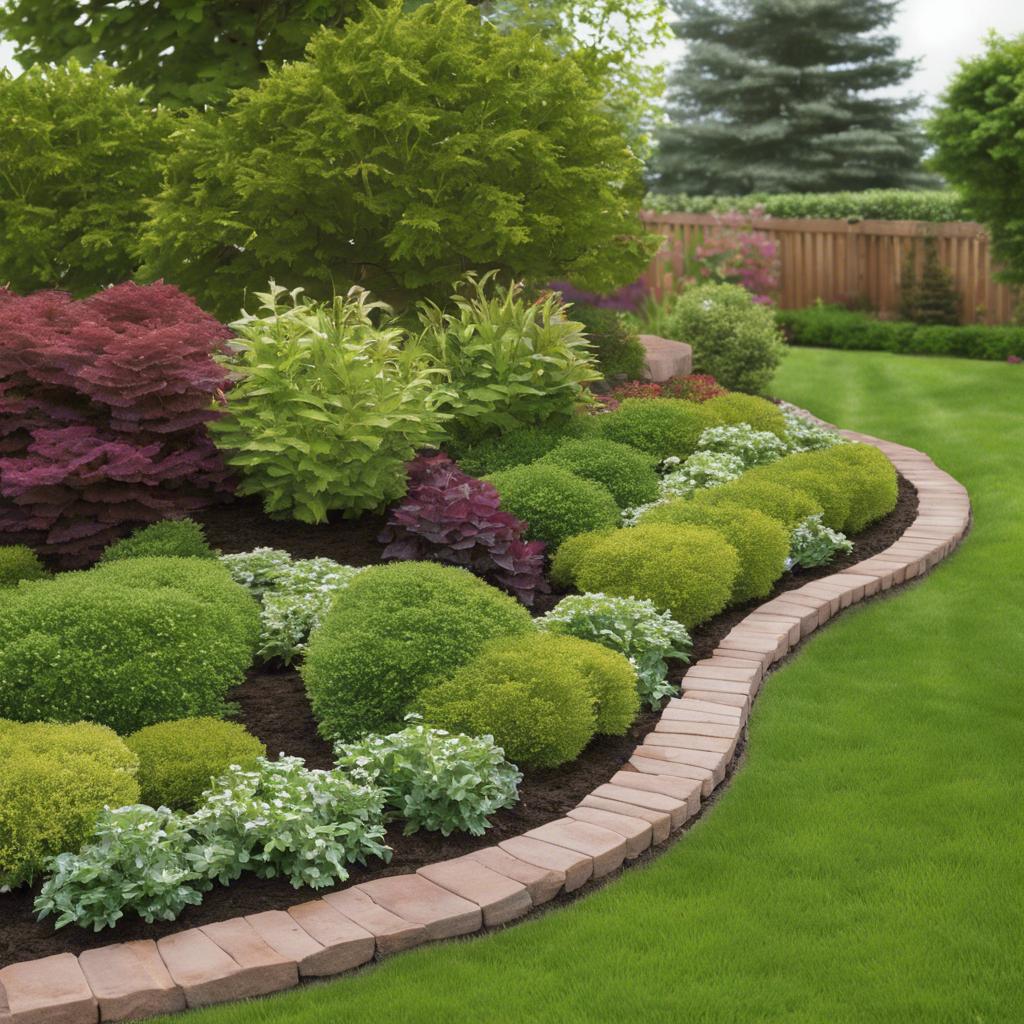
Creating a beautiful and well-defined border around your landscaping project is essential for achieving a polished and professional look. When it comes to choosing the perfect edging materials, there are a few key factors to consider. From the overall aesthetic of your outdoor space to the practical aspects of maintenance and durability, each element plays a crucial role in selecting the right borders for your landscaping project.
One important consideration when selecting edging materials is the overall style of your landscape design. Whether you prefer a modern, minimalist look or a more traditional and rustic feel, there are edging materials to suit every aesthetic. For a sleek and contemporary appearance, consider using metal or concrete borders. These materials can provide a clean and crisp edge to your landscaping, perfect for a modern garden or patio. On the other hand, natural stone or brick borders can add warmth and texture to your outdoor space, ideal for creating a cozy and inviting atmosphere.
In addition to style, it’s also important to think about the practical aspects of your landscaping project. Consider factors such as maintenance requirements, durability, and cost when choosing edging materials. Metal and concrete borders are typically low-maintenance and long-lasting options, perfect for busy homeowners who want a hassle-free solution. On the other hand, natural stone and brick borders may require more upkeep but can add character and charm to your outdoor space. Ultimately, the choice of edging materials will depend on your personal preferences and the specific needs of your landscaping project.
Incorporating Functional and Aesthetically Pleasing Borders into Your Outdoor Space
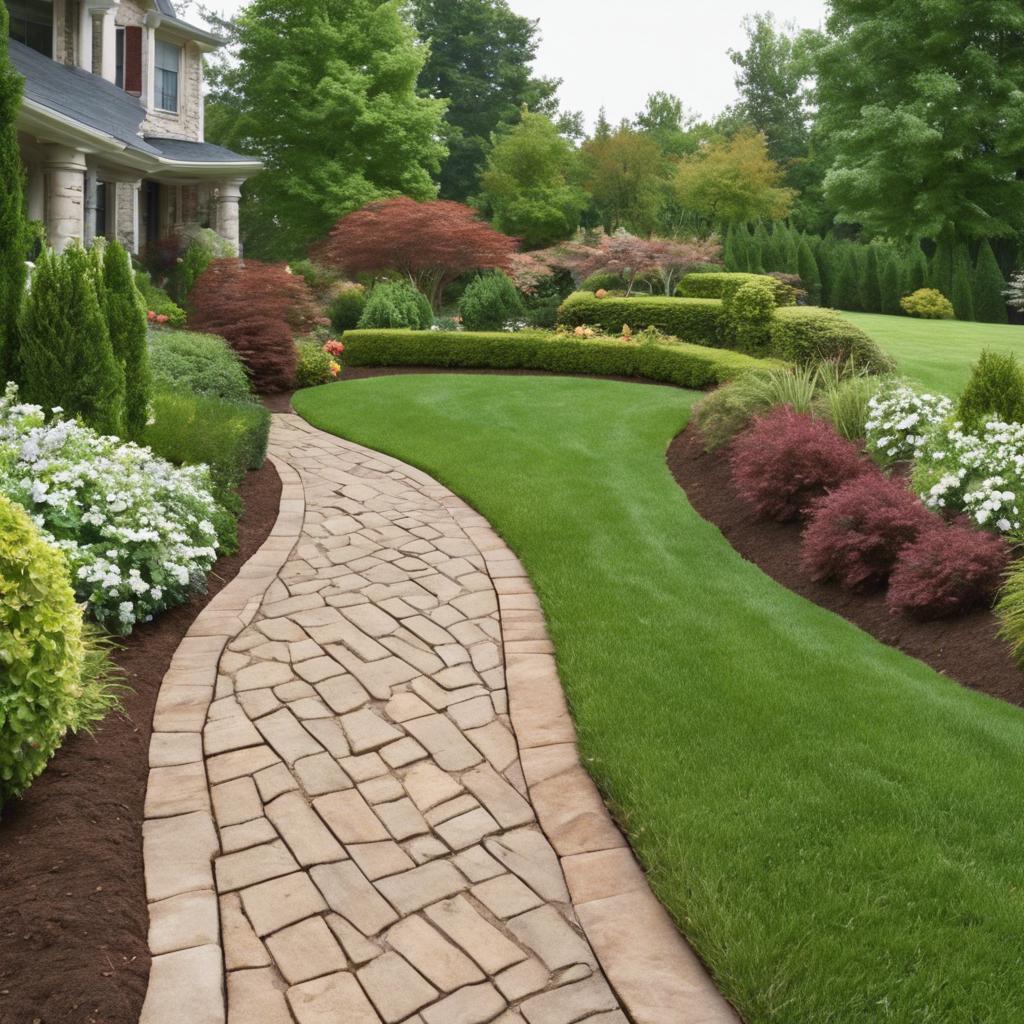
Borders edging in landscaping can bring a whole new dimension to your outdoor space, adding both functionality and beauty. Whether you are looking to define different areas of your garden, create a clean separation between your lawn and flower beds, or simply enhance the overall aesthetic appeal of your property, incorporating well-designed borders is the way to go.
One way to achieve a functional and aesthetically pleasing border is by using a combination of materials. For example, mixing natural elements like river rocks or stones with man-made materials such as concrete or metal can create a striking visual contrast. This dynamic blend can help to showcase the different areas of your outdoor space while also providing a durable and long-lasting border solution.
When selecting materials for your landscaping borders, consider the overall style of your outdoor space. For a modern and sleek look, opt for clean lines and minimalist designs with materials like sleek metal edging or geometric concrete blocks. On the other hand, if you prefer a more rustic or natural feel, choose materials like weathered wood or irregularly shaped stones to create a warm and inviting border that blends seamlessly with the surrounding landscape. Remember, the key is to choose materials that not only complement your space but also reflect your personal style and preferences.
Tips for Maintenance and Upkeep of Your Landscaping Borders and Edging

When it comes to maintaining the borders and edging of your landscaping, regular upkeep is key to ensuring a vibrant and polished look for your outdoor space. One important tip is to regularly check for any signs of wear or damage, such as cracks or shifts in the borders. By addressing these issues promptly, you can prevent further damage and maintain the overall integrity of your landscaping.
Another essential maintenance tip is to keep your borders and edging clean and free from debris. This not only enhances the overall appearance of your landscaping but also helps to prevent weed growth and pest infestations. To achieve this, consider using a leaf blower or a garden hose to clear away any dirt, leaves, or other debris that may accumulate along the borders.
| Tip: | Consider adding a layer of mulch or gravel along your borders to help prevent weed growth and retain moisture in the soil. |
Lastly, don’t forget to regularly trim and shape any plants or shrubs that border your landscaping. This not only keeps your borders looking neat and well-maintained but also encourages healthy growth and prevents overgrowth. By following these tips and staying on top of maintenance and upkeep, you can showcase the beauty of your landscaping borders and edging for years to come.
Enhancing Curb Appeal with Expertly Designed Landscaping Borders and Edging
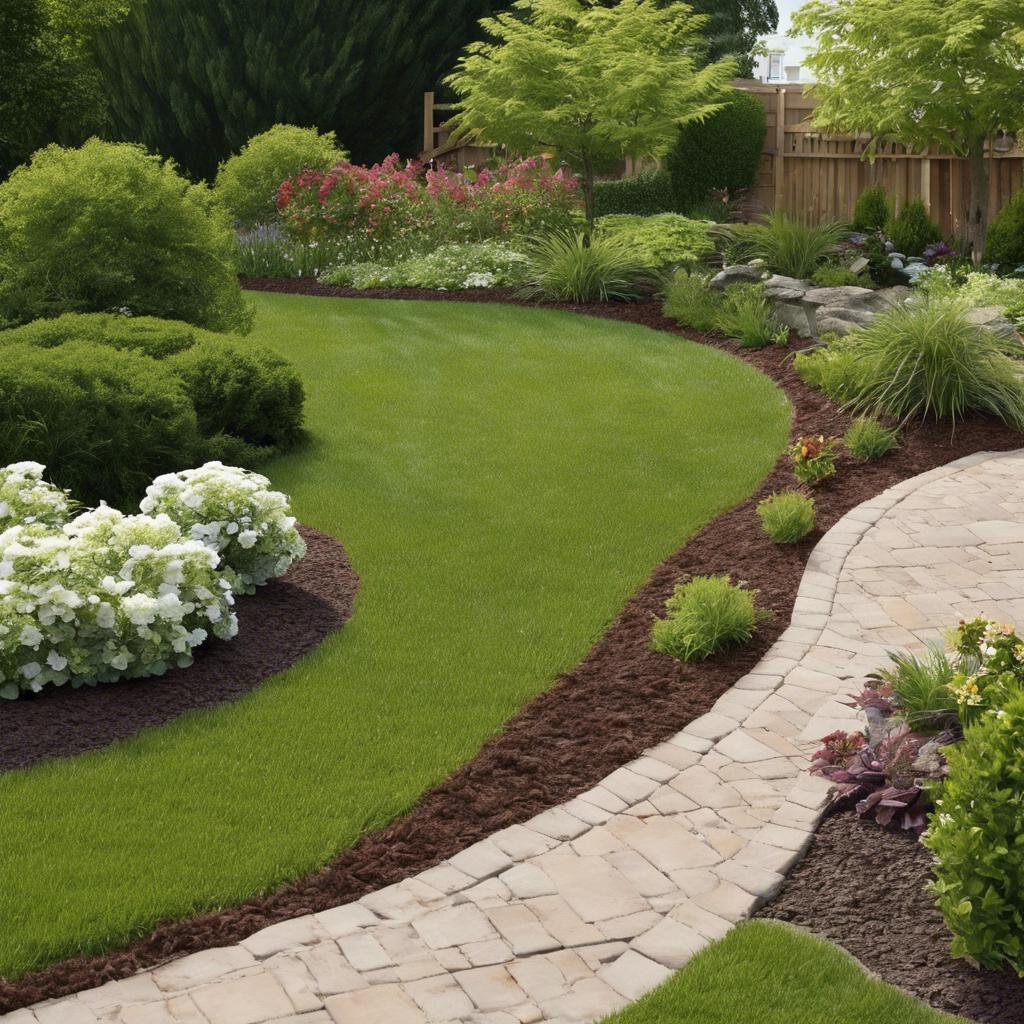
Landscaping borders and edging play a crucial role in enhancing the overall curb appeal of any property. By expertly designing these elements, homeowners can create a polished and cohesive look that brings their outdoor space to life. Whether using natural materials like stones and plants or opting for more modern options like concrete or metal, the possibilities are endless when it comes to adding that finishing touch to your landscape.
One popular choice for landscaping borders is using a variety of colorful plants and flowers to create a vibrant and inviting perimeter around gardens or walkways. This not only adds a pop of color but also brings a sense of natural beauty to the space. Additionally, incorporating different textures and heights can add visual interest and create a dynamic look that draws the eye.
In contrast, using materials like brick or stone for edging can add a touch of sophistication and structure to your landscape design. These durable options provide a clean and defined border that helps to separate different areas within your outdoor space. By strategically placing these elements, you can create a sense of order and organization that transforms your property into a well-manicured and visually appealing oasis.
